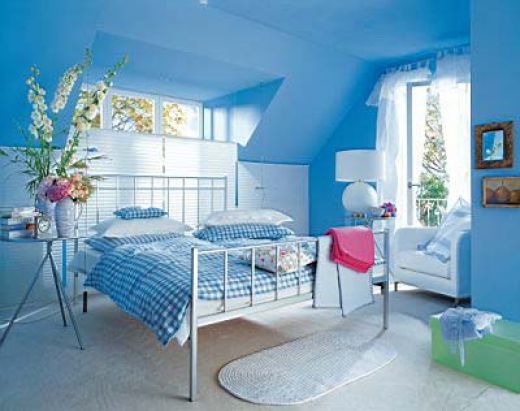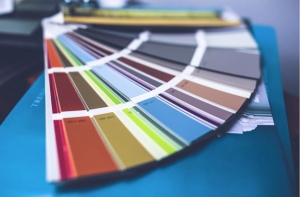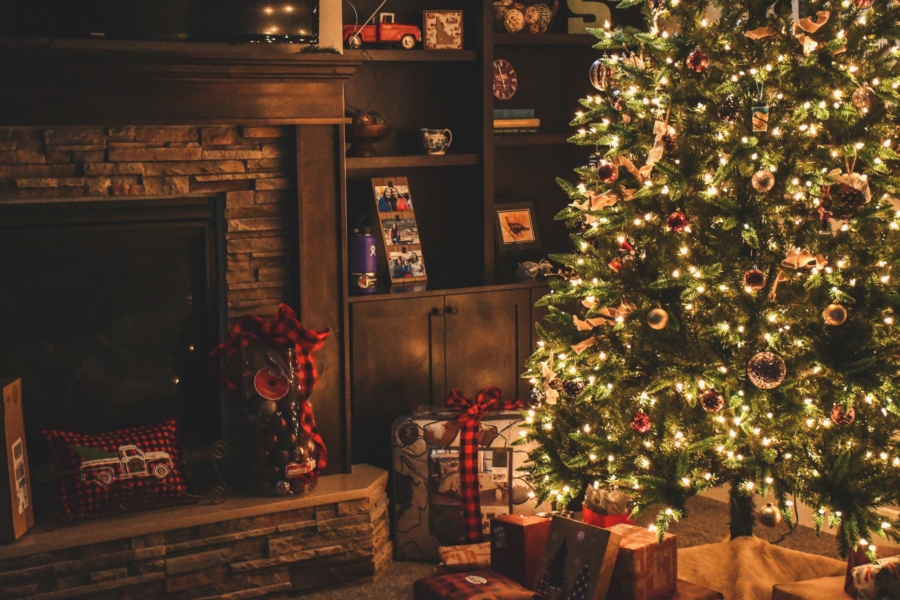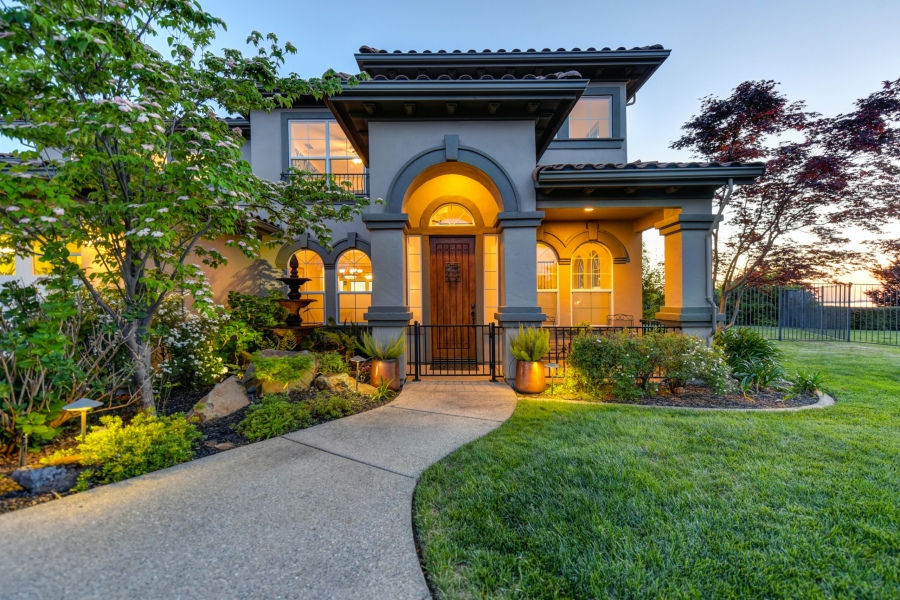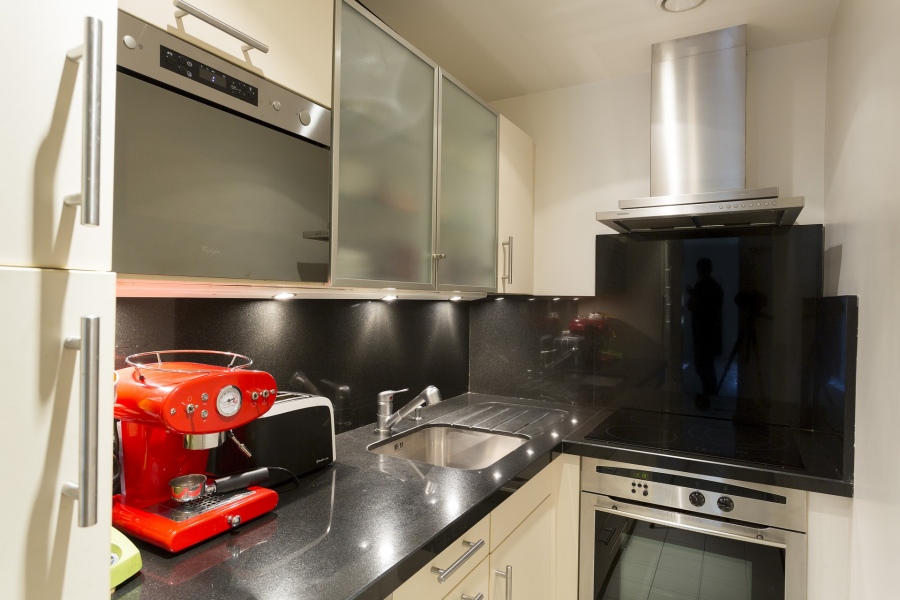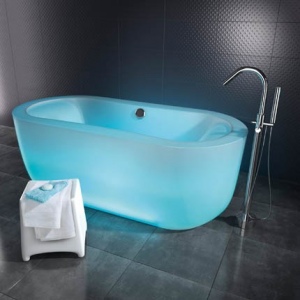There comes a time where every room needs a fresh coat of paint. The color of the walls may be starting to fade or you may just be looking for a new look. Unfortunately, the thought of painting a room by yourself can be scary and overwhelming. Fortunately, painting a room is a very easy task. It is an inexpensive do-it-yourself project that absolutely anyone can accomplish.
Acquiring Painting Equipment
Obviously, you are going to need a set of tools in order to paint a room. You are going to need tools for the preparation of the painting job and tools for the actual painting job. The preparation is going to require the following equipment: spackle, a putty knife, fine sandpaper, caulk, wood putty, and a lint-free rag. The actually paint job is going to require paint, a tool to open the paint can, paint brushes, a roller, a roller tray, a container to pour the paint into, a stir stick, a roller extension pole, and painter’s tape. If you want a quality paint job you are going to want to avoid buying the cheapest paint brushes you can find. Unfortunately, cheap rollers and paint brushes can leave messy looking edges.
Painting Preparation
The first common mistake people make when attempting a do-it-yourself painting project is jumping right into painting the wall. There are actually a handful of things you want to do in preparation of painting the wall. These things are going to make the paint job a lot more professional looking. Here are some of the things you need to do before you actually start painting:
- Scan your walls for imperfections. You are going to want to fill any holes, cracks, or other imperfections with spackle. Then, you are going to want to lightly sand the patches of spackle once it dries.
- Scan your walls for any peeling or cracked paint. You are going to want to scrap away the paint and smooth out the area with sand paper.
- Take the time to clean up the walls. It is not a good idea to paint over dirty, dusty walls. Cleaning the walls is an extremely important task if you are painting a kitchen or a bathroom.
- Use caulk to fill any gaps you may find between the walls and the trimming. You also want to fill any dings, dips, or dents with wood putty. Again, you will want to smooth it out with sand paper after it dries.
- Make sure you stir up the paint before you start painting. It is also never a good idea to paint straight from the can. It is better to pour the paint into another container and paint from it.
Painting Techniques
There isn’t really a right and wrong way to paint. However, there are certain techniques that are going to make the painting job look a lot better. Here are some of the techniques you may want to consider:
- You should always paint from wet to dry. Doing it this way is going to minimize the roller marks and brush strokes that you leave behind when the paint dries.
- You do not want to stretch the paint or glop the paint. This means you do not want to use too little or too much. This is going to leave you with a patchy and skimpy looking paint job.
- Always paint with long, continuous brush strokes. Painting with short, broken up strokes is actually one of the most common painting mistakes.
Guest Posted By: Excellent Painters Brisbane
